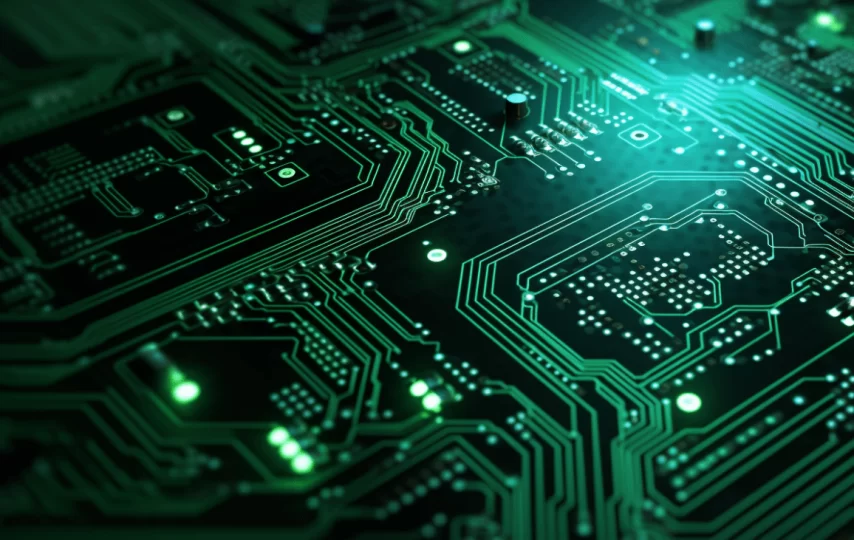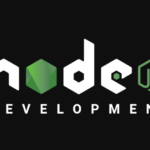Introduction
Artificial Intelligence (AI) is rapidly transforming various industries, and the field of Printed Circuit Board (PCB) design is no exception.
AI technologies are revolutionizing PCB design by streamlining the design process, improving efficiency, and enhancing the overall quality of PCBs.
This article explores the various ways in which AI is reshaping PCB design.
AI in PCB Design Automation
One of the key areas where AI is making a significant impact in PCB design is automation. AI algorithms can analyze complex design requirements and constraints to generate optimized PCB layouts.
By automating tasks such as component placement, routing, and signal integrity analysis, AI reduces design time and minimizes errors.
AI-powered design tools can also generate multiple design iterations quickly, allowing designers to explore various design options and select the best one based on their requirements.
This iterative design process helps designers find innovative solutions and improve the overall quality of the final design.
Enhancing Design Efficiency
AI-powered tools can analyze vast amounts of data to identify patterns and trends, helping designers make informed decisions. For example, AI can analyze previous design data to recommend component placement strategies that minimize signal interference and reduce electromagnetic interference (EMI).
Moreover, AI can optimize the routing of traces on the PCB to minimize signal distortion and crosstalk, leading to improved signal integrity and reliability.
By automating these tasks, AI helps designers focus on higher-level design decisions, ultimately improving the efficiency of the design process.
Improving Design Quality
AI algorithms can perform advanced simulations and analyses to predict the performance of a PCB design accurately. By simulating factors such as signal integrity, thermal management, and EMI, AI helps designers identify and address potential issues early in the design process, leading to higher-quality PCBs.
AI-powered tools can also perform design rule checks (DRC) and design for manufacturability (DFM) checks to ensure that the design meets industry standards and can be manufactured efficiently.
By detecting potential manufacturing issues early, AI helps reduce costly design errors and delays.
AI-Driven PCB Testing
AI technologies are also transforming PCB testing processes. AI-powered testing tools can analyze test data in real-time, identifying defects and anomalies that may not be apparent to human testers.
This helps manufacturers improve the reliability and performance of their PCBs.
AI can also optimize the testing process by determining the most efficient test procedures and prioritizing tests based on the likelihood of failure. By reducing the time and resources required for testing, AI helps manufacturers improve their testing efficiency and reduce costs.
AI and PCB Manufacturing
In addition to design, AI is also playing a crucial role in PCB manufacturing. AI-powered systems can optimize manufacturing processes, such as material selection, production scheduling, and quality control, leading to faster turnaround times and reduced costs.
For example, AI can analyze production data to identify bottlenecks in the manufacturing process and suggest ways to optimize workflow. By improving manufacturing efficiency, AI helps manufacturers increase their production capacity and meet customer demands more effectively.
Future Outlook
As AI continues to advance, its impact on PCB design will only grow stronger. Future developments in AI, such as machine learning and neural networks, hold the potential to further revolutionize PCB design by enabling more sophisticated design optimization and automation.
For example, machine learning algorithms can analyze large datasets of PCB designs to identify design patterns and trends. This information can then be used to develop more advanced AI algorithms that can generate even more optimized PCB designs.
Conclusion
In conclusion, AI is revolutionizing PCB design by automating tasks, enhancing efficiency, improving quality, and transforming manufacturing processes. KingSun PCB manufacturer uses artificial intelligence to continuously improve PCB design. Here is the official website: https://kingsunpcba.com/
By leveraging AI technologies, PCB designers can create more advanced, reliable, and cost-effective PCBs, driving innovation in the electronics industry.
As AI continues to evolve, its impact on PCB design will continue to grow, shaping the future of electronics manufacturing.







